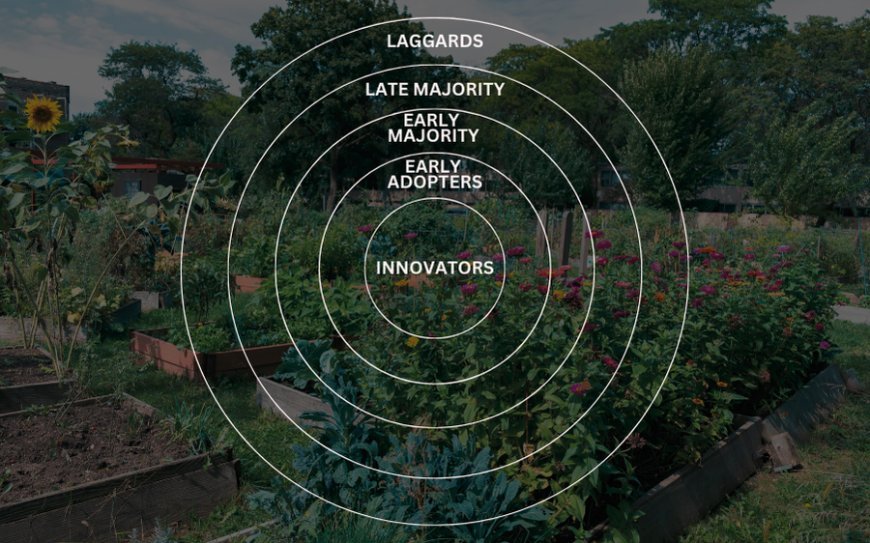The Regeneration Handbook: Community engagement
“It really boils down to this: that all life is interrelated. We are all caught in an inescapable network of mutuality, tied into a single garment of destiny. Whatever affects one directly, affects all indirectly. — Dr. Martin Luther King Jr. Community engagement is about building a movement big enough to matter, reaching beyond the The post The Regeneration Handbook: Community engagement appeared first on Shareable.

“It really boils down to this: that all life is interrelated. We are all caught in an inescapable network of mutuality, tied into a single garment of destiny. Whatever affects one directly, affects all indirectly. — Dr. Martin Luther King Jr.
Community engagement is about building a movement big enough to matter, reaching beyond the small circle of our group to involve more and more people and partners over time. Ultimately, it’s not enough to engage only those who already think the same way we do. We’ll eventually need to find ways to inspire the apathetic, persuade the skeptical, and even convert some who currently see us as enemies into allies.
Fortunately, we don’t have to win over everyone at once. Diffusion of Innovations Theory suggests that movement-building is inevitably a gradual process of Expansion that unfolds in five distinct waves. By first gaining the support of Innovators and Early Adopters, we can more easily persuade the Early Majority. Then, as more and more members of the Early Majority come onboard, that can lead to a tipping point, sweeping the Late Majority and maybe even some Laggards along as well.

Innovators are those who live on the leading edge. They are the people most likely to start new initiatives and step into leadership roles. All movements need Innovators to get the ball rolling, but they tend to be a fairly small group. According to Everett Rogers, whose 1962 book Diffusion of Innovations synthesized more than 500 studies, Innovators typically only make up about 2.5 % of a given population. Rogers estimated that Early Adopters represent around 13.5 percent; the Early and Late Majorities, 34 percent each; and Laggards, the remaining 16 percent.
While Early Adopters may not be the first to take the lead, their role as “first followers” is essential. By their mere presence, they signal something important is happening. The genuine enthusiasm of Early Adopters also makes them good messengers and likely volunteers and donors. In political terms, they’re our base.
In my experience, the Early Majority is full of well-meaning compassionate people who are sympathetic to our cause, at least in theory. They try to do the right thing in their personal lives, but don’t feel they have the time, energy, or inclination to engage in activism. Nevertheless, if they can see our approach is working and gaining momentum, they might be persuaded to jump on board. Winning over the Early Majority is key to mainstreaming any movement.
Those in the Late Majority tend not to care about much beyond their own personal interests, but they are a large block, and if they see enough people heading in the same general direction, that will at least catch their attention. Although we may eventually win over some Laggards as well, I would caution against spending too much time trying to convince them, as many of these folks will probably never come around. That’s fine. If we can get enough Innovators, Early Adopters, and members of the Early Majority onboard, that should be sufficient.
Harvard University political scientist Erica Chenoweth has made a case that a tipping point exists at 3.5 percent of a given population, but that number specifically refers to how many people need to be in the streets to force political concessions. The best estimate I’ve seen for a cultural tipping point comes from a paper by researchers from the Universities of Pennsylvania and London. Based on a series of psychological experiments, they concluded this number is probably closer to 25 percent. This suggests we may find ourselves at a tipping point as soon as we have won over about half of the Early Majority.
The post The Regeneration Handbook: Community engagement appeared first on Shareable.
What's Your Reaction?




















